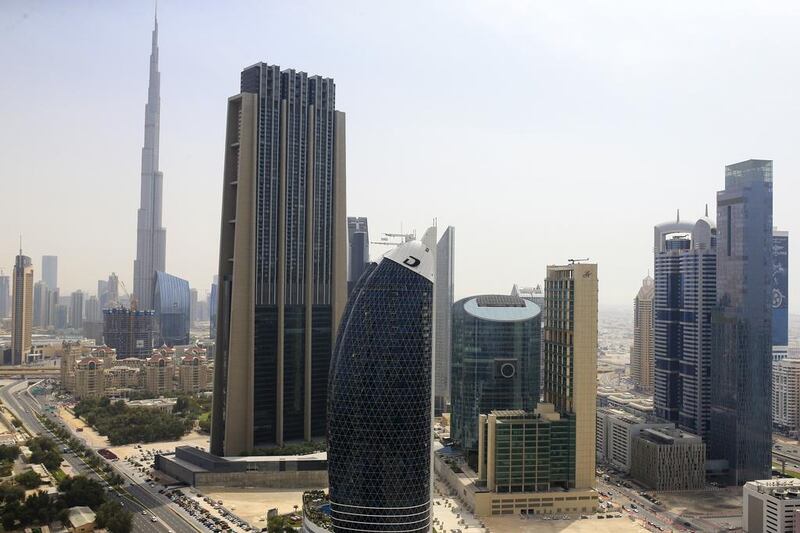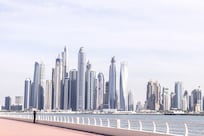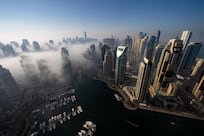ABU DHABI // The Central Bank has issued its strongest warning to date that the property market may be overheating.
Bank economists estimate that in 2013 house prices increased by 24 per cent in Dubai and 21 per cent in Abu Dhabi. At the same time, rental yields have dropped from 7 to 8 per cent to between 5 and 6 per cent, property experts say. The disparity indicates an imbalance in the market.
The regulator warns: “A major market correction … could harm lenders to the real estate sector, as falling prices would reduce the repayment capacity of developers.”
The property market rebounded last year as the economy turned a corner amid increased government spending on infrastructure and a revival of trade and tourism. In the past year, bankers including Tirad Al Mahmoud, chief executive of Abu Dhabi Islamic Bank, have raised concerns that rising property prices will increase business costs and make the UAE less competitive.
The Central Bank says the surge in property prices is being fuelled largely by cash investors, unlike in the run-up to the 2008 financial crisis, when banks who provided credit for purchases were exposed to a market crash. Property loans last year accounted for only 23 per cent of commercial bank lending, or Dh287 billion.
“Funds provided by the banking sector were only enough to finance the purchase of less than 30 per cent of the residential properties completed in 2013,” the regulator said. “Therefore bank lending cannot be considered a significant driver of real estate prices.”
“In other words,” the Central Bank says, “analyses of banking data support the hypothesis that the current market recovery is mostly driven by equity buyers and/or reliance on external funding sources.”
Instability elsewhere in the region, particularly in Egypt and Syria, is thought to have encouraged the transfer of funds to the UAE, which is viewed as a safe haven. The Central Bank’s figures suggest that much of that cash may have been invested in property.
As well as sales of existing properties, the market for sales of homes before they are built – the off–plan market – has taken off again, though reliable statistics are hard to come by. Aldar, the biggest property developer in Abu Dhabi, has sold batches of residential units in recent months.
“Significant investment is again taking place in the off-plan segment, with investors enticed by the attractive payment plans, with many offering low initial deposits and back ended structures which are allowing more people to enter the market,” said Mat Green, head of research and consultancy,at CBRE Middle East.
“The sheer volume of new project launches in the residential market is once again becoming a point of concern, although as yet the actual delivery of new supply has not reached a point where demand is being rebalanced.”
In its 2013 financial stability report on Sunday, the Central Bank said loans grew at 9.2 per cent in 2013 compared with 3.5 per cent in 2012 and that interest rates were playing “catch up” like other asset classes. Loan growth in 2008, the year of the financial crisis, was 41 per cent and the regulator said it was not concerned about credit growth at current levels though it is monitored closely.
It also said it planned to introduce new regulations to bring the banking industry in line with Basel III, the global banking code that aims to ensure banks don’t take the kind of risks that led to the previous financial crisis.
mkassem@thenational.ae
Follow us on Twitter @Ind_Insights





